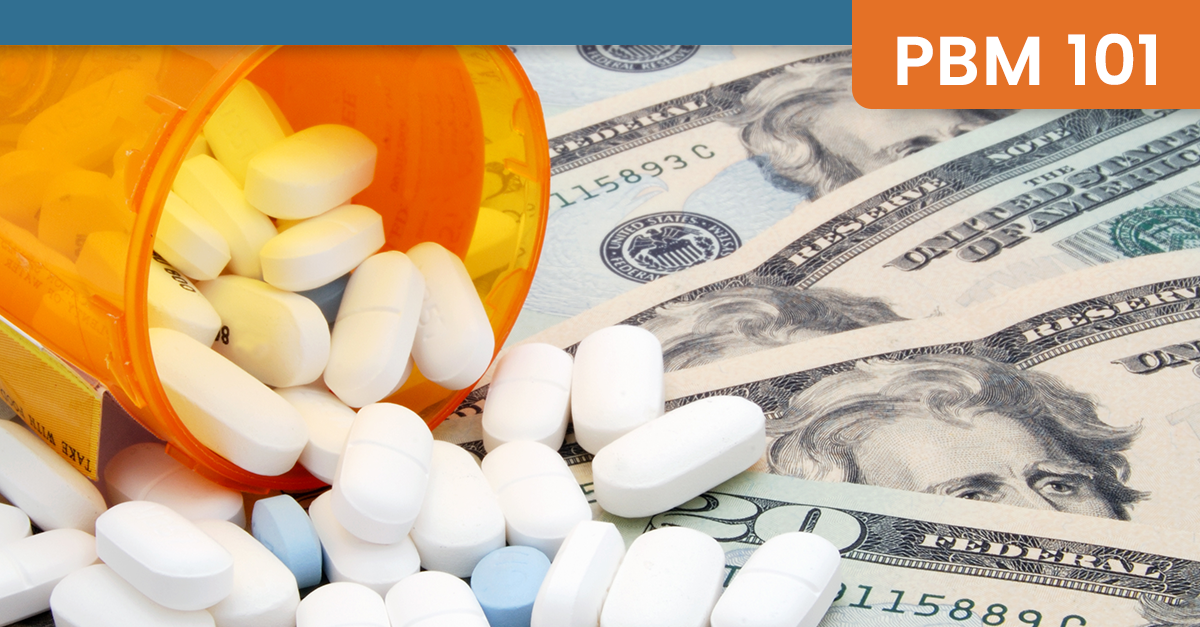Navitus Health Solutions Shares Positive Results As It Works to Address Opioid Misuse
MADISON, Wis., February 8, 2018 — In a continued effort to combat the opioid epidemic, Navitus Health Solutions, a pharmacy benefits solutions company, announced today that it is seeing positive results from its multi-faceted programs designed to promote safe opioid use.
Opioid abuse is a nationwide health issue, with staggering statistics. More than 11 million Americans misuse opioids, and nearly 2 million are living with an opioid use disorder.1 Even more alarming, opioids are the leading cause of death for adults under 50, with as many as 64,000 overdose deaths in 2016.2 Nearly half of those deaths involved a prescription opioid,3 indicating that even when taken for a chronic condition, these medications can be highly addictive.
Navitus is actively working to address the opioid crisis through programs that promote the appropriate, safe use of these medications for its members. Focused on prevention, education and support, these programs are making a positive impact.
“We use highly informative prescription claims data to identify prescribing patterns and patient utilization that may lead to misuse,” said Tom Hirsch, Medical Director for Navitus. “By combining this knowledge with evidence-based guidelines and leveraging our relationships with members, pharmacists and prescribers, we’re able to deliver meaningful interventions that work to minimize or prevent opioid misuse,” Hirsch said.
A sampling of Navitus’ opioid programs and results to date include:
Quantity Limits — Restricts the dispensing of high-cost and potentially unsafe medications—such as opioids—by timeframe and/or dosage, according to evidence-based guidelines. Unique to Navitus, this program is voluntary and allows the plan sponsor to opt-in to participate in the seven-day limit, which minimizes member disruption.
Result: On average, 75 percent of the time our commercial members fill their opioid prescriptions for a six-day supply or less, which is lower than the industry average.
Triple Threat — Identifies members concurrently using opioids, muscle relaxants and benzodiazepines/non-benzodiazepine sedative hypnotics. Alerts prescribers to these medication patterns via medication profiles and encourages them to intervene with support.
Result: Achieved a 31 percent improvement in filling patterns in the first six months of medication use, indicating positive behavior change and adherence to appropriate use guidelines.
Retrospective DUR Controlled Substance Monitoring — Identifies members with multiple opioid prescriptions from different providers and possibly multiple pharmacies. Alerts prescribers and prompts them to intervene with additional member support.
Result: Generated a 50 percent improvement in suspect activities.
“With the epidemic that surrounds us, Navitus will continue to enhance existing programs and develop new solutions for greater effectiveness,” Hirsch stated. “That’s why we’ve dedicated many of our clinical team of professionals to continue to research and develop ways we can better educate our members and more effectively support prescribers and pharmacists in this fight for safe and appropriate opioid use,” Hirsch said.
About Navitus
Navitus Health Solutions, LLC, a division of SSM Health, is a full-service, URAC-accredited pharmacy benefit management company. As a zero-spread, full pass through pharmacy benefit manager (PBM), Navitus aligns performance with plan sponsors’ benefit goals to deliver comprehensive clinical programs and cost-saving strategies that lower drug trend and promote good member health. Navitus provides its flexible services to government entities, self-funded employers, coalitions, labor organizations, third-party administrators, and health plans, including managed Medicaid, Exchanges, and Medicare Part D. For more information about Navitus’ tangible solutions to the rising cost of health care, visit www.navitus.com or call 877-571-7500.
Sources:
1Ahrnsbrak, Rebecca, Bose, Jonaki, Hedden, Sarra L., Lipari, Rachel N., Substance Use and Mental Health Indicators in the United States: Results from the 2016 National Survey on Drug Use and Health, Substance Abuse and Mental Health Services Administration (SAMHSA), 2016.
2Josh Katz, “Drug deaths in America are rising faster than ever,” New York Times, June 5, 2017,
https://www.nytimes.com/interactive/2017/06/05/upshot/opioid-epidemic-drug-overdose-deaths-are-rising-faster-than-ever.html?em_pos=small&emc=edit_up_20170605&nl=upshot&nl_art=0&nlid=48889406&ref=headline&te=1&_r=1;
Centers for Disease Control and Prevention (CDC), “Provisional Counts of Drug Overdose Deaths, as of 8/6/2017,” September 2017, https://www.cdc.gov/nchs/data/health_policy/monthly-drug-overdose-death-estimates.pdf
3CDC Prescription Opioid Overdose Data, August 2017, https://www.cdc.gov/drugoverdose/data/overdose.html
Stay Informed and Connected
Receive expert insights, healthcare tips, and important updates on pharmacy benefits, drug recalls, and more—straight to your inbox.
Navigating with a trusted partner
Now Available: 9th Annual Drug Trend Report
Our Drug Trend Report provides a clear view of the trends shaping pharmacy benefits today, along with strategies that are delivering real savings without compromising care.








